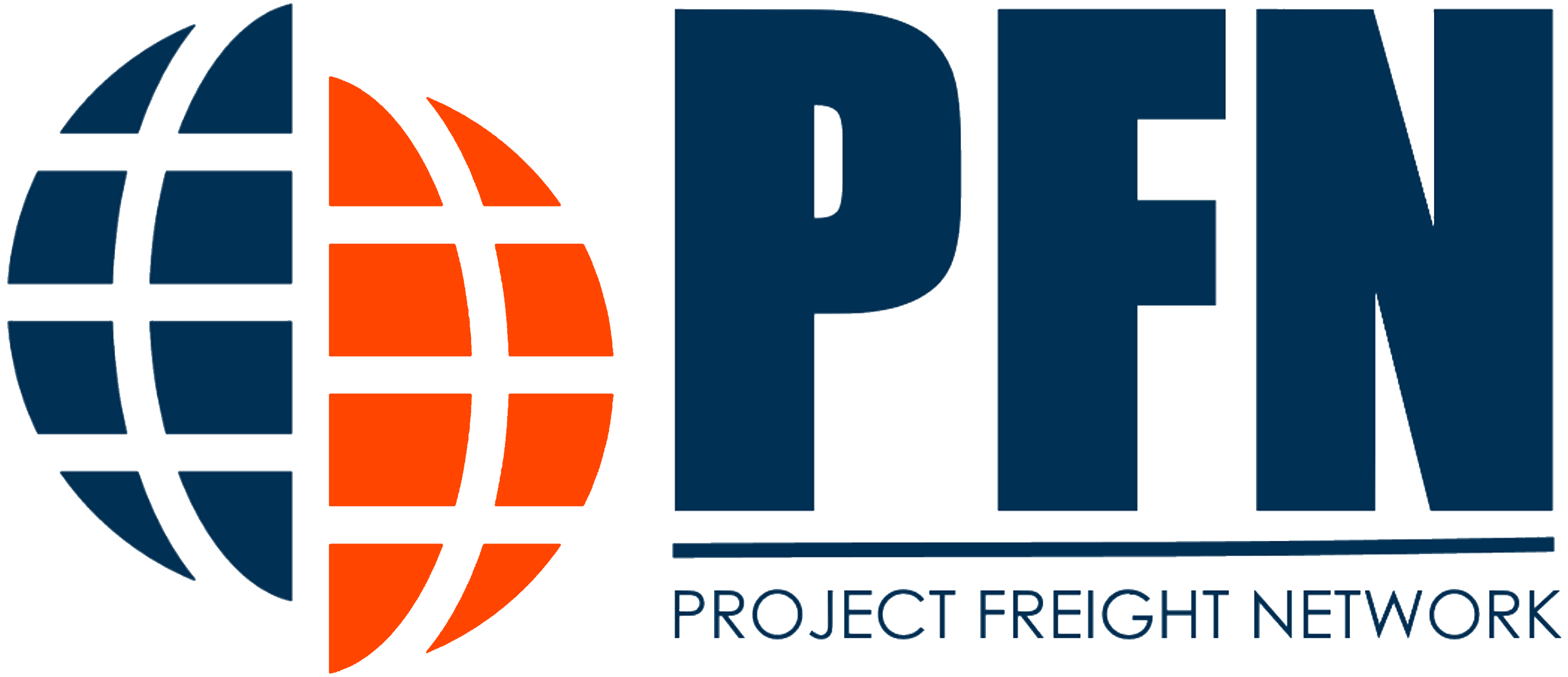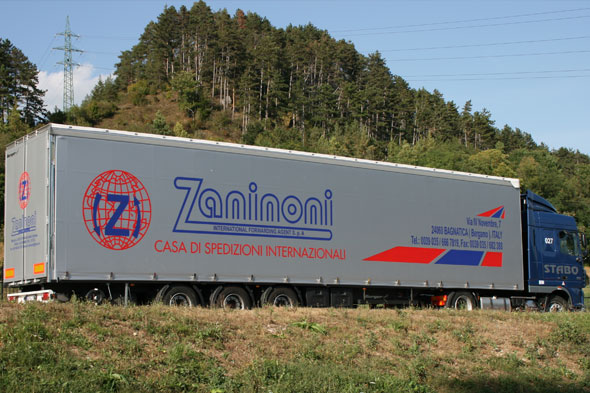In the realm of maritime operations, the unpredictability of nature’s fury, particularly during storms and high tides, has always been a formidable challenge. However, in recent years, an alarming issue has surfaced – the risk posed by falling containers, cargo, and heavy objects from vessels into the ocean. This not only endangers marine life and ecosystems but also disrupts maritime traffic, necessitating urgent action.
The Perilous Plunge
During adverse weather conditions, such as storms and high tides, vessels at sea find themselves battling the elements to maintain stability. Unfortunately, this struggle often results in cargo containers becoming dislodged and careening into the open ocean. The consequences of this are twofold: environmental and navigational.
Environmental Consequences
The contents of these wayward containers are a cause for concern. They can carry hazardous materials, pollutants, or non-biodegradable plastics, all of which spell trouble for marine ecosystems. The release of such substances can lead to chemical contamination, harm to aquatic life, and the further exacerbation of plastic pollution in our oceans.
Navigational Hazards
Beyond the environmental impact, these fallen containers present a clear and present danger to navigation. They become floating obstacles, increasing the risk of collisions with other vessels. These collisions not only jeopardize the safety of seafarers but also disrupt the smooth flow of maritime traffic, potentially causing delays and economic losses.
Video credits: NAVY Productions
The Call for Action
The need for stricter regulations and enhanced safety measures in the maritime industry has never been more evident. To address this growing threat, maritime authorities and stakeholders must collaborate to prevent incidents and minimize their aftermath.
Stricter Regulations
Regulatory bodies must revise and enforce stringent guidelines for cargo securing during adverse weather conditions. This includes improved container lashing mechanisms, stricter weight distribution standards, and enhanced inspection protocols before vessels set sail.
Enhanced Safety Measures
Vessel operators should invest in advanced technology, such as real-time cargo monitoring systems and weather forecasting tools, to ensure that cargo remains secure during challenging sea conditions. Additionally, crew training and preparedness for extreme weather scenarios are paramount.
In summary, as the maritime industry grapples with the mounting challenge of falling cargo during storms and high tides, the importance of proactive measures cannot be overstated. Stricter regulations and improved safety measures are not just a matter of compliance; they are a lifeline for safeguarding marine life, ecosystems, and the seamless flow of maritime traffic.





